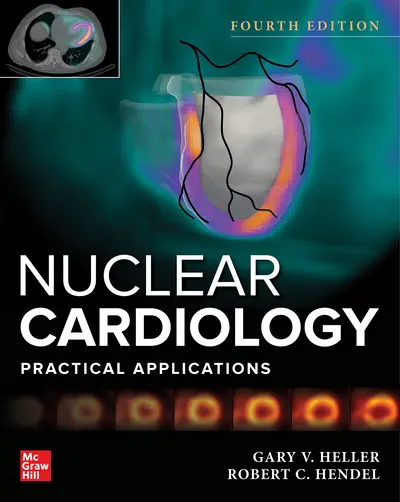My Account Details

ISBN10: 1264257201 | ISBN13: 9781264257201

Step 1 . Download Adobe Digital Editions to your PC or Mac desktop/laptop.
Step 2. Register and authorize your Adobe ID (optional). To access your eBook on multiple devices, first create an Adobe ID at account.adobe.com. Then, open Adobe Digital Editions, go to the Help menu, and select "Authorize Computer" to link your Adobe ID.
Step 3. Open Your eBook. Use Adobe Digital Editions to open the file. If the eBook doesn’t open, contact customer service for assistance.
Complete with review questions, detailed answers, and new and emerging techniques—the go-to guide for acing certification or recertification exams in nuclear cardiology Nuclear Cardiology: Practical Applications, Fourth Edition provides the information you need to know regarding indications for and interpretation of results of a nuclear test. It’s the perfect study guide for certification and recertification exams, including the Certification Board Examination in Nuclear Cardiology (CBNC). This concise textbook focuses on the clinical application of imaging technology—with the added bonus of review questions with detailed answers. It covers all the latest advances in this rapidly changing field, primarily in the areas of PET and amyloid imaging, as well as other aspects of the nuclear imaging. Features: • Revised chapters on radiopharmaceuticals and instrumentation • NEW chapters on Cardiac PET, focusing on myocardial perfusion and quantitative determination of myocardial blood flow • NEW and revised chapters on FDG PET imaging, covering myocardial viability, sarcoid imaging, and infection/endocarditis imaging • NEW information on interpreting and reporting of nuclear cardiology studies to include both PET and SPECT • A focused chapter on appropriate use criteria to reflect the latest recommendations and CMS requirements • NEW chapter on cardiac amyloid imaging, including indications, imaging procedures, interpretation and strategies for use of the data • Incorporation of alternative testing approaches within each of the current chapters